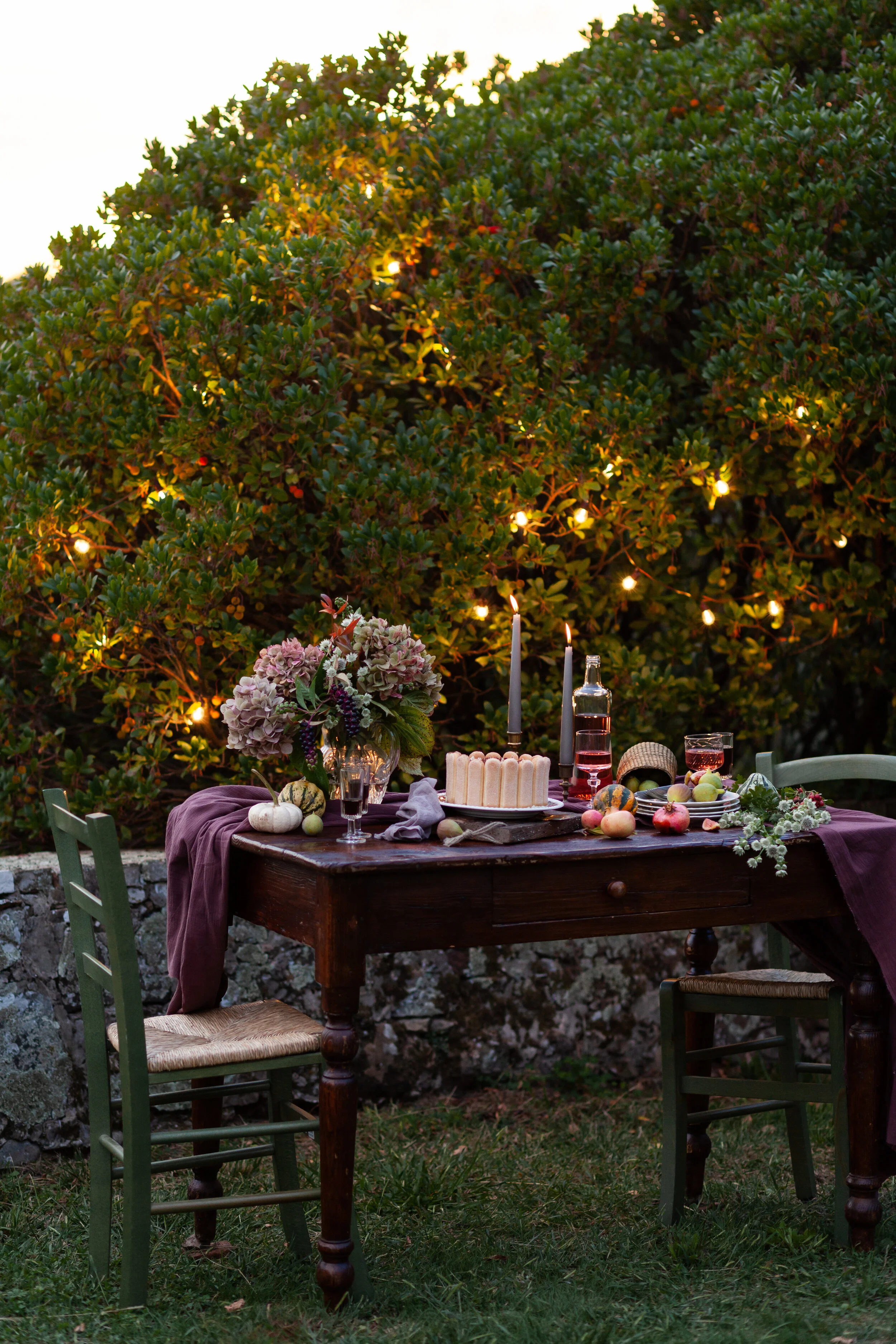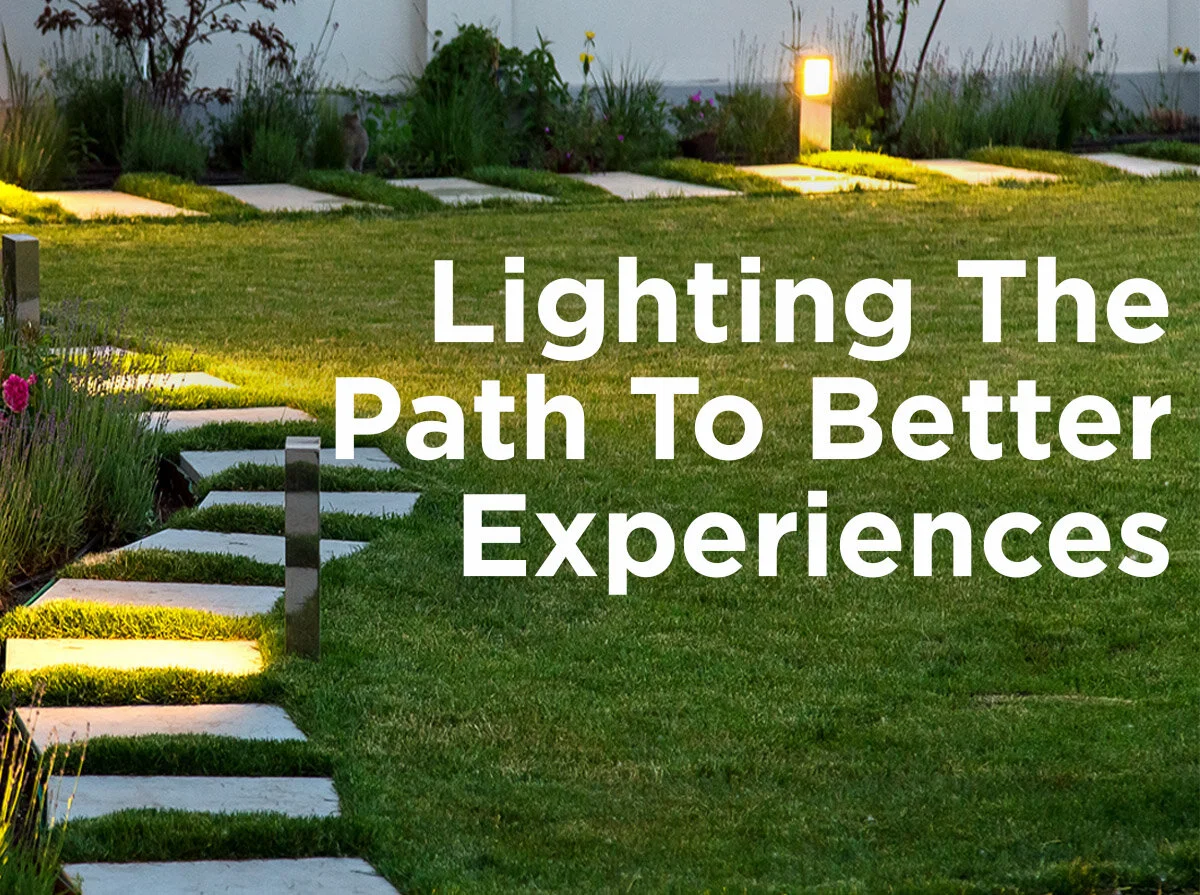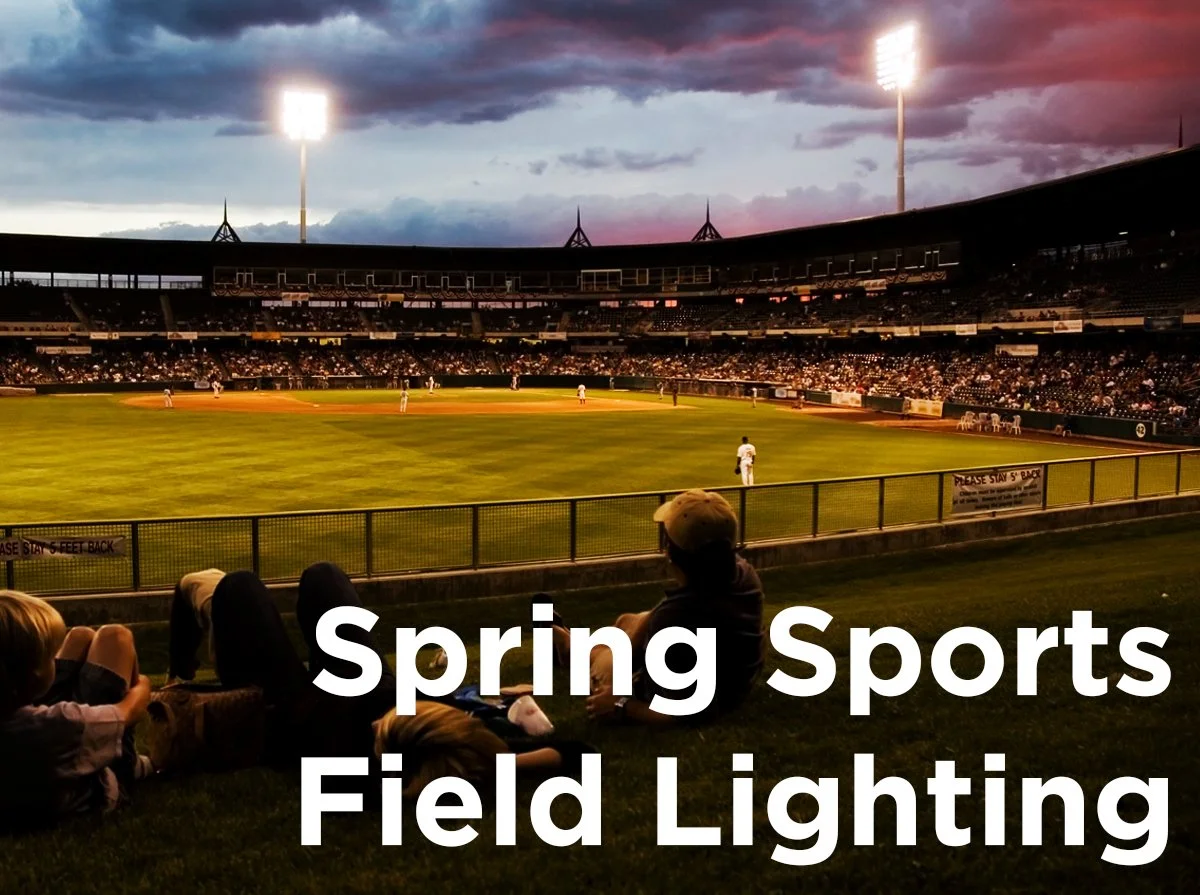What’s on the Menu for Commercial Outdoor Lighting in Restaurant Spaces?
In wake of the pandemic and summer right around the corner, people are ready to get outside and treat themselves to a nice dinner in the warm weather. After months of being shut down, restaurants have opened their doors to find that many customers opt for eating outside not only to escape cabin fever, but also for safety reasons. Because of this, they have had to place more emphasis on their outdoor spaces. Additionally, outdoor venues offering multiple restaurant choices have become increasingly popular and, in turn, so has commercial outdoor lighting. Restaurant owners are becoming aware that the outdoor space is just as important as the indoor.
Lighting is key in the customers’ overall dining experience. From the time they park the car to the time they place their order, what do they see? How do they feel? From the moment a customer sets foot on the property, it’s the lighting’s job to enhance the aesthetics, provide security, and set the mood.
What do these restaurants, now focused on providing spacious outdoor seating areas and sometimes even covered platforms for concerts and entertainment, find important when selecting the right fixtures?
Dessert First: Lighting Design
When it comes to aesthetics, lighting is either vanilla ice cream or the cherry on top. Restaurant owners need to determine whether the lighting should simply illuminate the architecture or become part of the architecture. If they opt for the former, a fixture achieves its purpose through a quiet ceiling; it blends in and draws attention to the space. Sometimes, however, the latter, which could consist of beautiful statement pendants, garden pathway lights, landscape bullets, or cozy patio lights, provides the perfect decorative accents that restaurant owners want their customers to notice.
Many lighting designers and architects will strive to highlight what makes the place stand out – is it the bar, the concert dais, the fountain in the middle? It is important to use different types of lighting in a space. Downlights are a good start, tucked out of sight and out of mind, but with soft ambient lighting that makes the customers relaxed while providing proper illumination. It’s important to have a good mix as well; throw in some uplights to provide dramatic backlighting to an object.
Lighting design truly is art when done correctly. It can give the place a higher-end, more sophisticated feel.
The Appetizer: Security
While lighting design and performance is important, what is lighting’s overall purpose? To illuminate spaces and to make it easier to see. This is what makes security the appetizer; it’s the first and foremost part of this menu.
Step lighting is a great example of lighting that can beautifully blend into the space while safely illuminating a highly trafficked pathway. These lights are especially helpful for children and the elderly, who are more prone to trip over obstructions in the path.
The parking lot cannot be overlooked, either, as this is an area that will need high ambient illumination to make the area more secure. This is the first and last interaction the customers will have with the venue, so it’s important they feel safe and secure enough to visit again.
The Main Course: Performance and Controls
The entrée of the lighting package is the performance and controls. The goal is to make customers feel comfortable. It sets the mood. After a stressful day, people want to unwind over dinner and a relaxing atmosphere. How does outdoor lighting achieve that?
Warmer color temperatures will make the food look more appetizing as well as create a calming ambience. Keeping the range between 2000K and 4500K in the light spectrum casts the light with more red, orange and yellow hues to emit a cozy glow. The warmer colors give objects more depth, while cooler colors in the light spectrum tend to make objects look flat and dull.
Using in-fixture controls through a mobile app to operate the color temperature allows the flexibility to change hues and brightness, which means venue owners can alter the mood depending on the time of day. Warmer color temperatures can be accomplished nowadays through LEDs, which greatly reduce energy costs over the long-run, even though they are more expensive up-front. Programmable dimming is another way to control the ambience through a mobile app.
Additionally, the fixtures need to be selected while keeping glare reduction, beam spreads, and performance in mind.
In Conclusion
Lighting the space properly can greatly contribute to a customer’s return. Overall, if customers enjoy their time at the venue, they will come back for more. Call one of our lighting experts today at 1-800-624-4488 for guidance.









